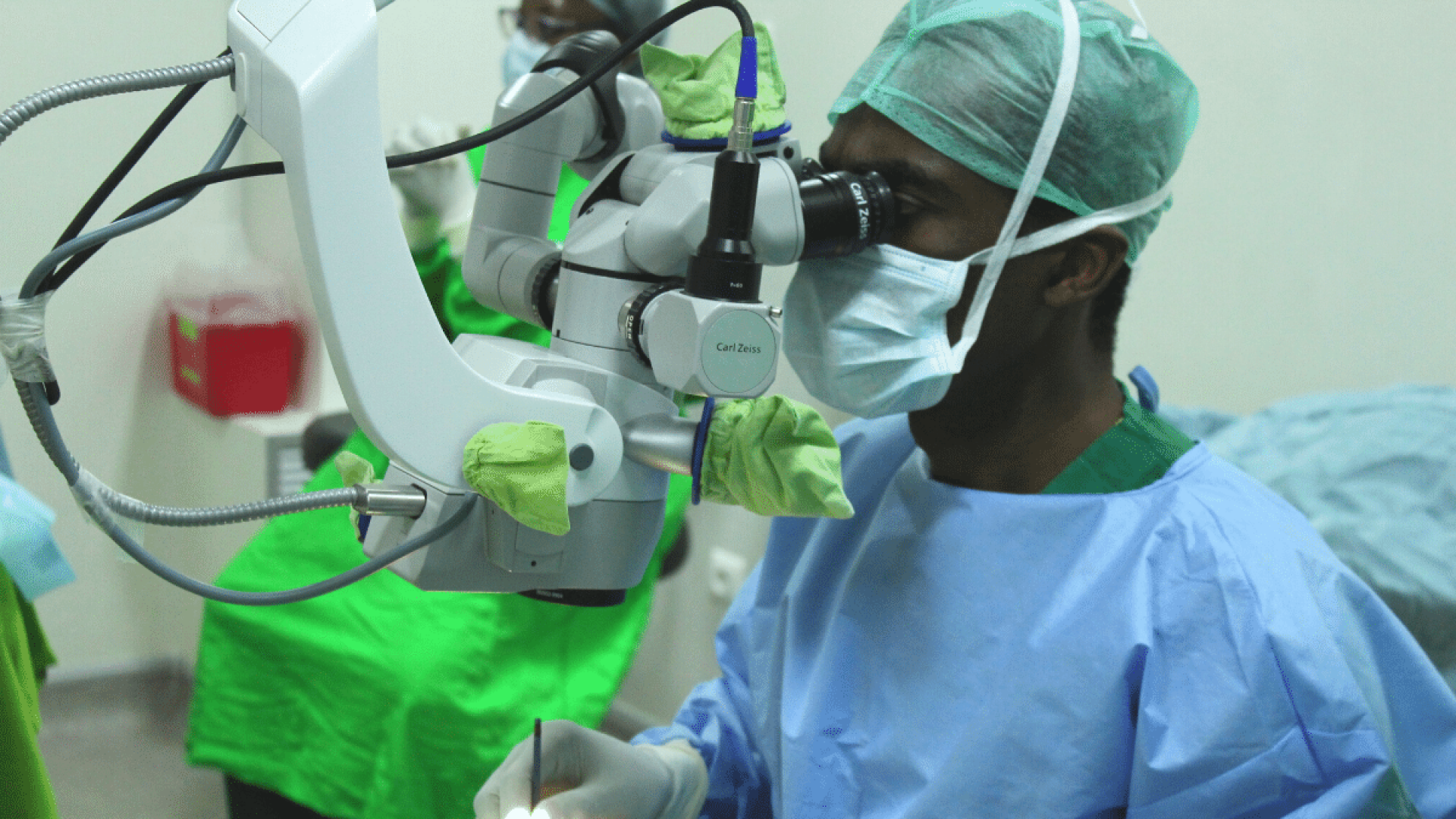Case Studies
The impact of improved eye health can be seen through individual studies and personal stories. Explore these eye health journeys here
Showing 1-10 of 25 articles

Improving economic productivity by correcting presbyopia in India: the PROSPER trial
The presumed causal association between good health and productive work is a cornerstone of global health policy, but until recently only a handful of randomised trials had examined the question of whether health interventions could improve workplace productivity
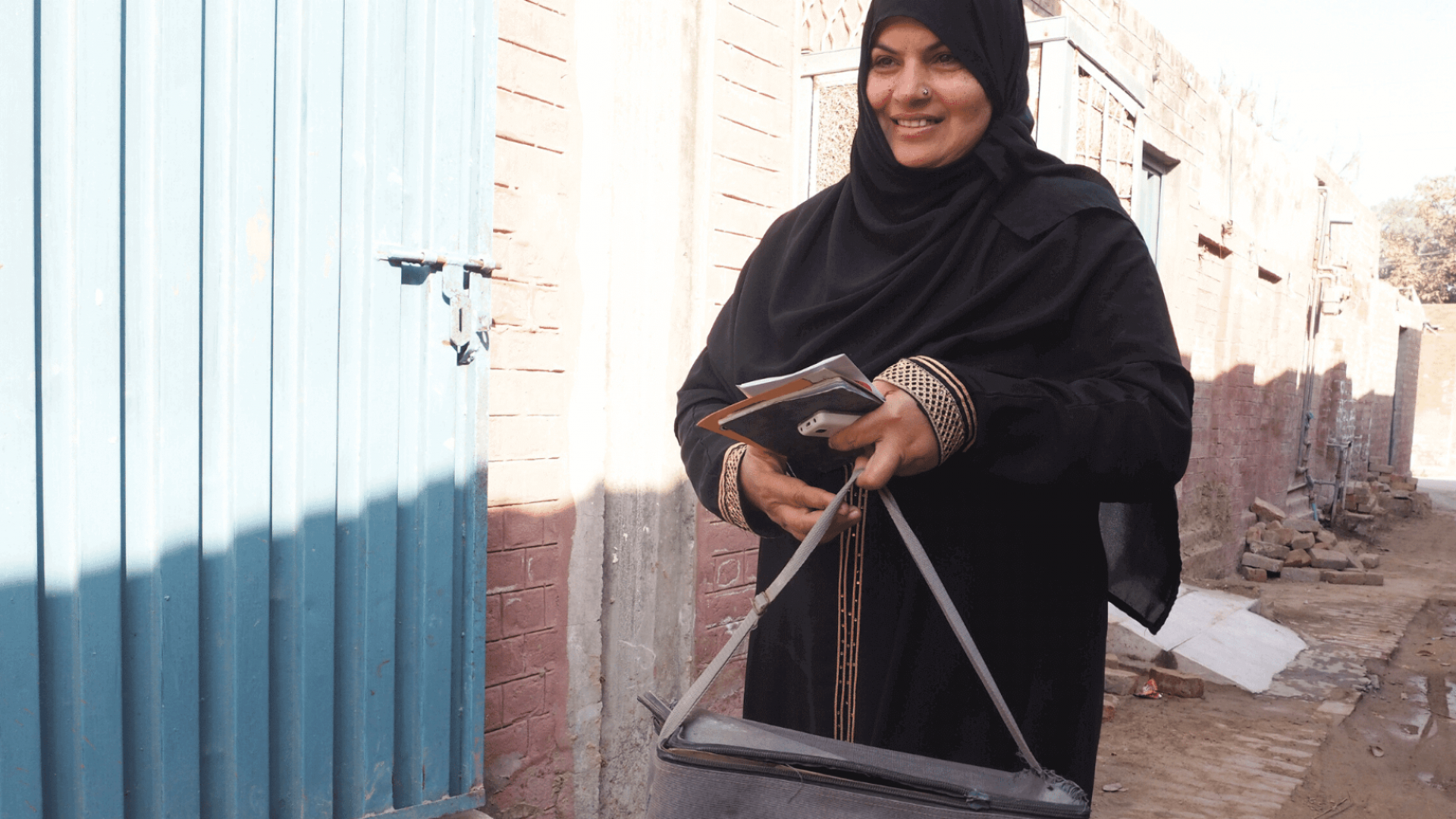
Lessons Learnt from the Lady Health Worker Programme, Pakistan
The Lady Health Workers (LHW) Programme was established in Pakistan in 1994 to ensure the provision of primary, preventative, promotive, and curative care services and support health system at the household and community levels. LHWs are now fully recognised members of the public sector health workforce and deployed throughout all five provinces.

Integrating eye care for children into primary health care in Tanzania
In 2010 a pilot study was undertaken in urban Tanzania in which staff in primary reproductive child health clinics were trained in the ten activities to prevent or detect eye conditions.
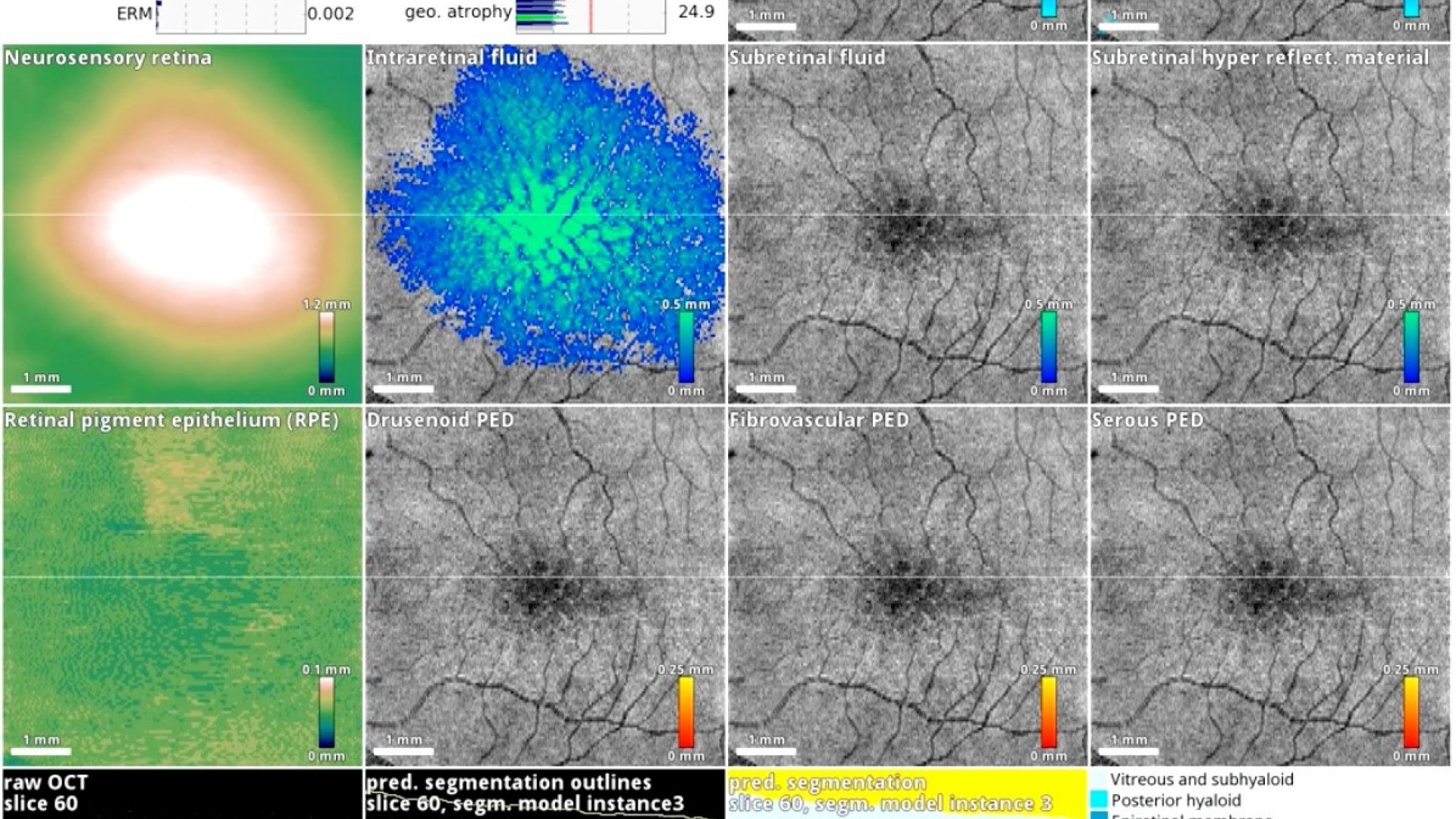
Artificial intelligence in retinal optical coherence tomography (OCT) imaging
With such large volumes of data being generated in several settings, retinal OCT imaging is particularly amenable to analysis using deep learning.
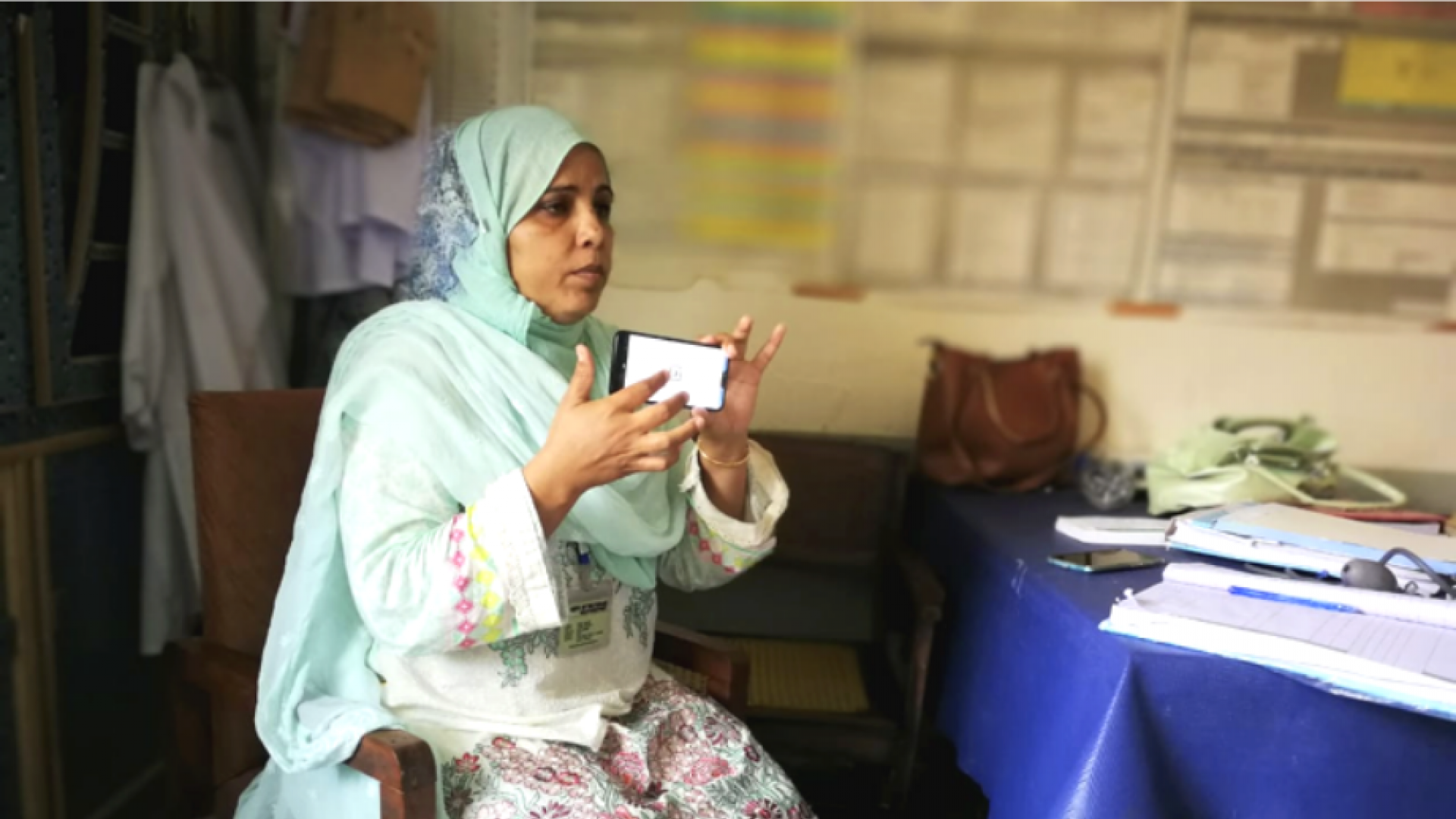
mHealth enabled eye health screening programme in Pakistan
In 2018, Pakistan initiated a mHealth enabled eye health programme, enabling female health workers to conduct community-based vision and eye health screening.
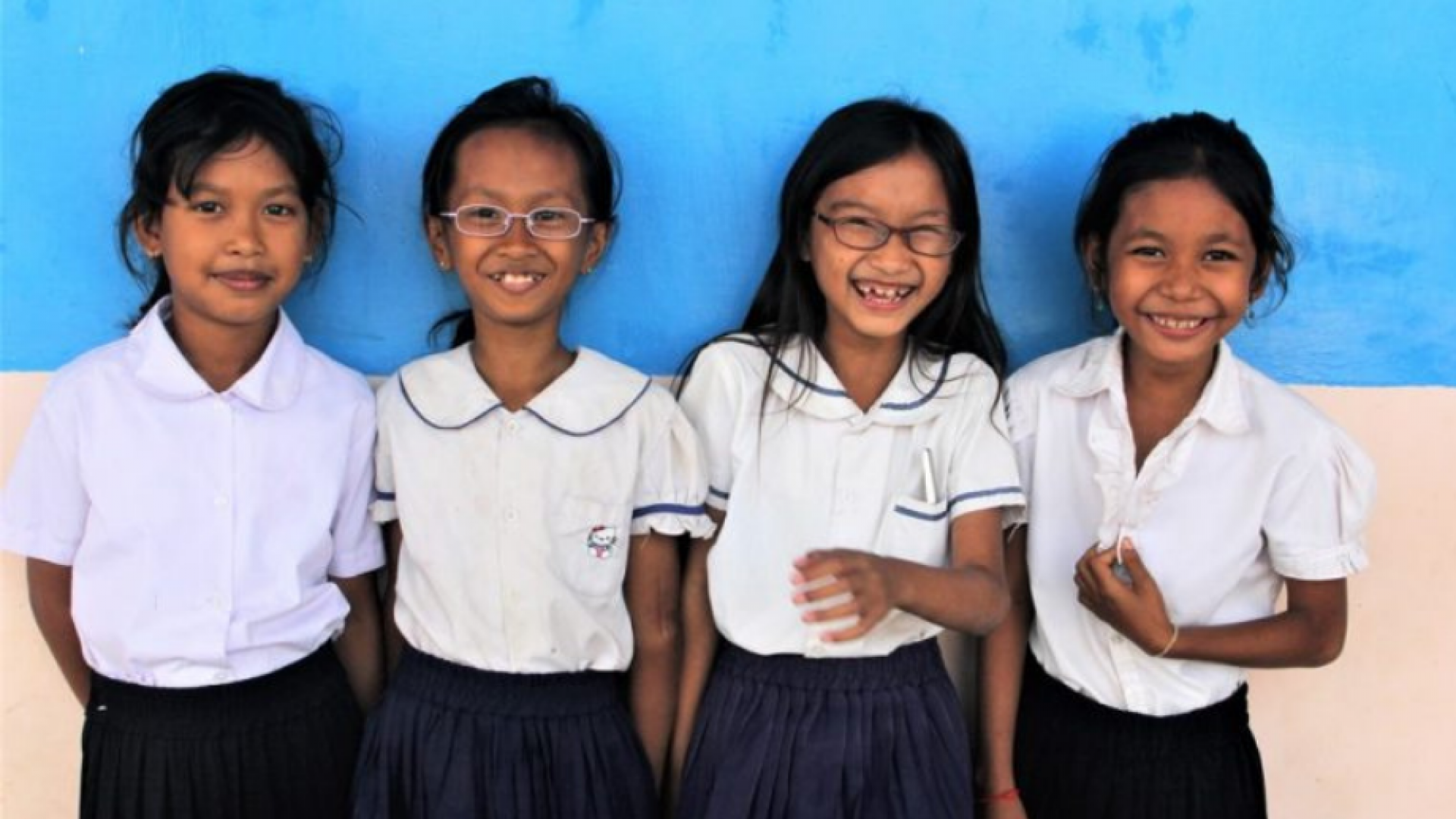
Rattana – eyes open to learning
When Rattana was younger, she had an accident that left her with poor vision and deviation of the injured eye. Surgery to correct it changed her life.
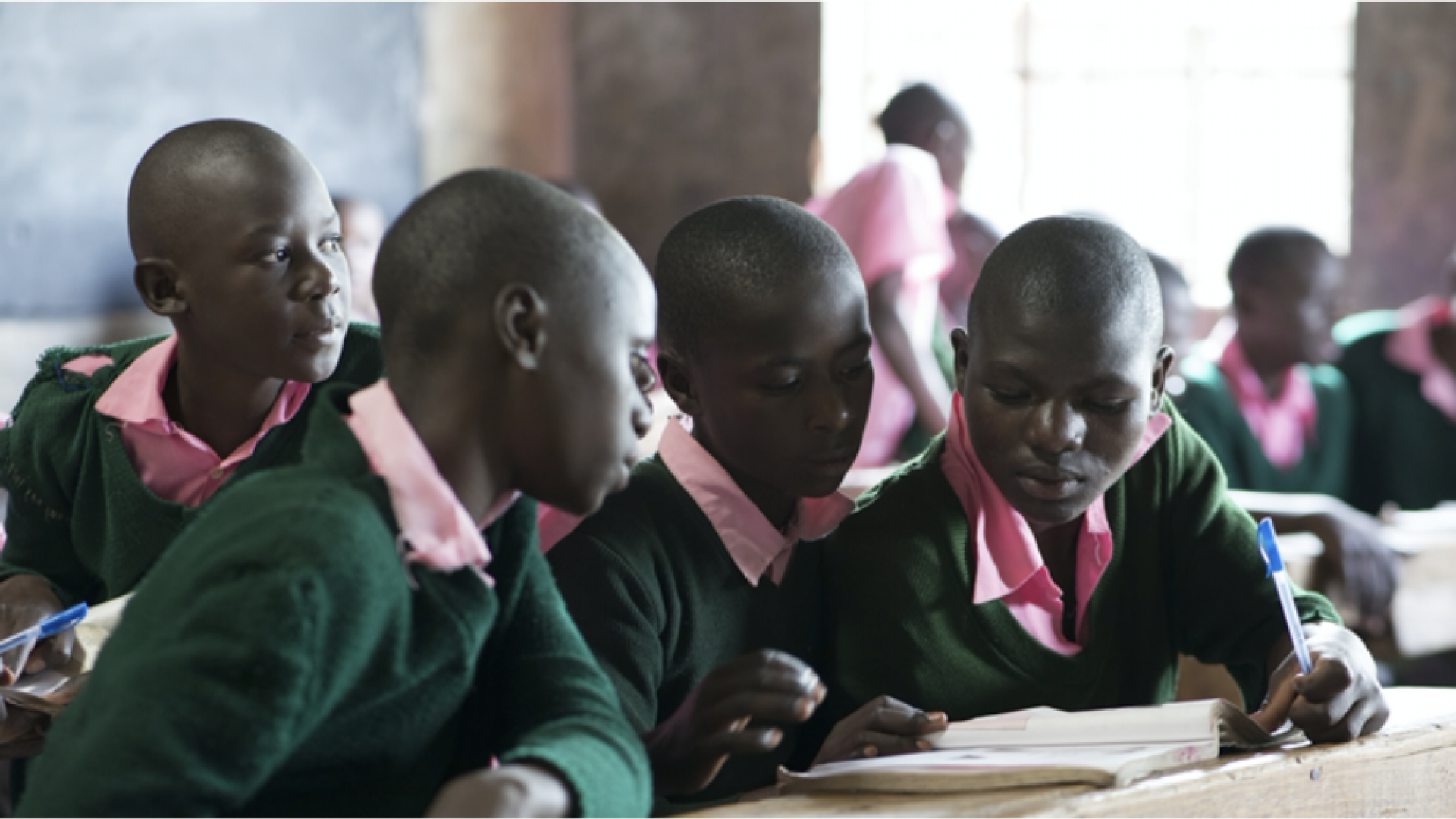
Brian – the life transforming impact of restoring sight
“He is lazy and doesn’t pay attention” Brian’s form teacher told us. “A positive future for Brian was difficult to imagine. It turns out it was hard for Brian to see, but nobody knew it, including Brian himself.
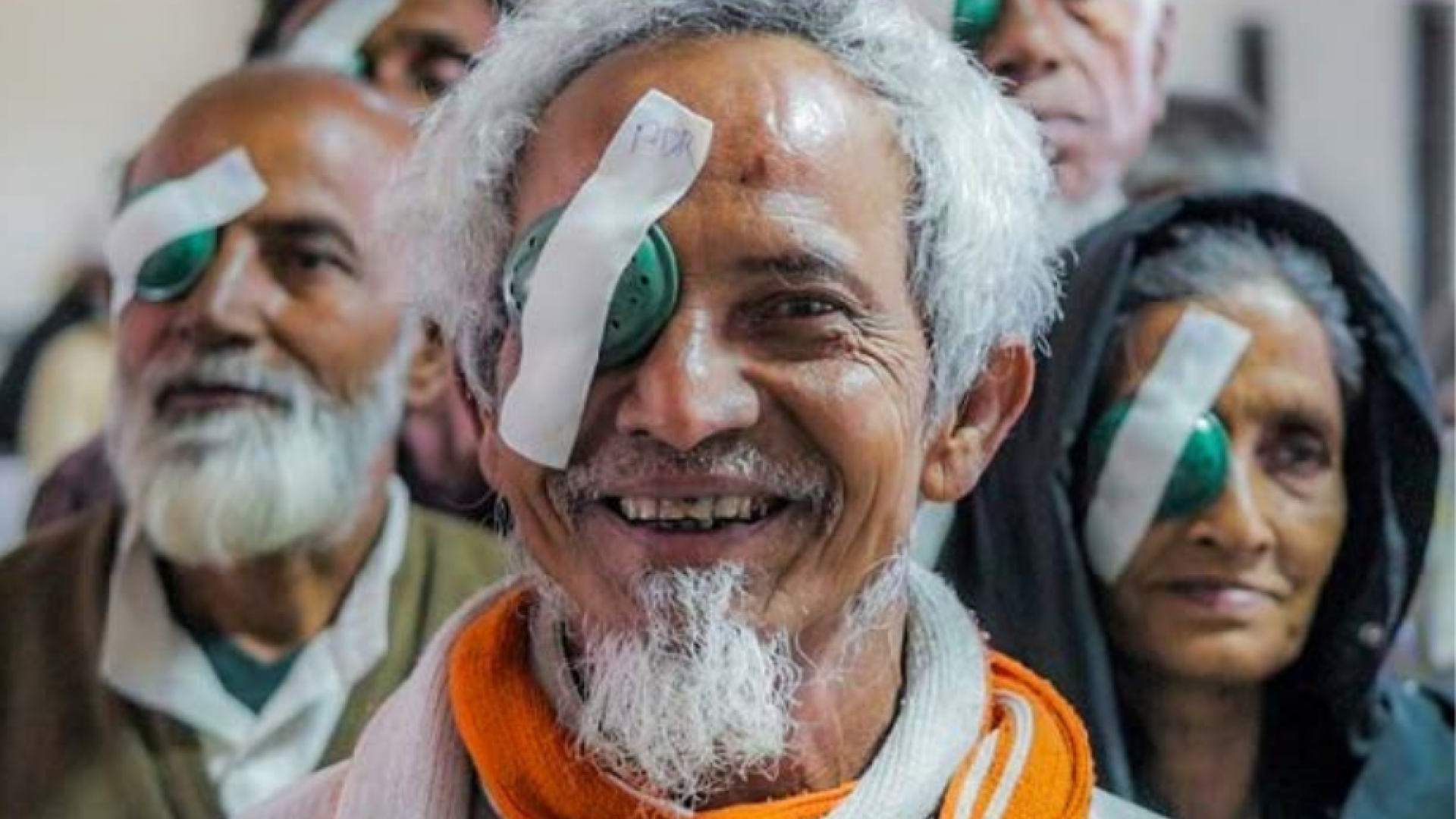
Abdul Mahjid – a community advocate for eye health
“I am a tailor. Losing my vision meant I was going to be unable to work.” Mr Abdul was previously able to make enough money to support his family as a tailor in West Bengal, India. Three years ago, his eyesight began to fade.
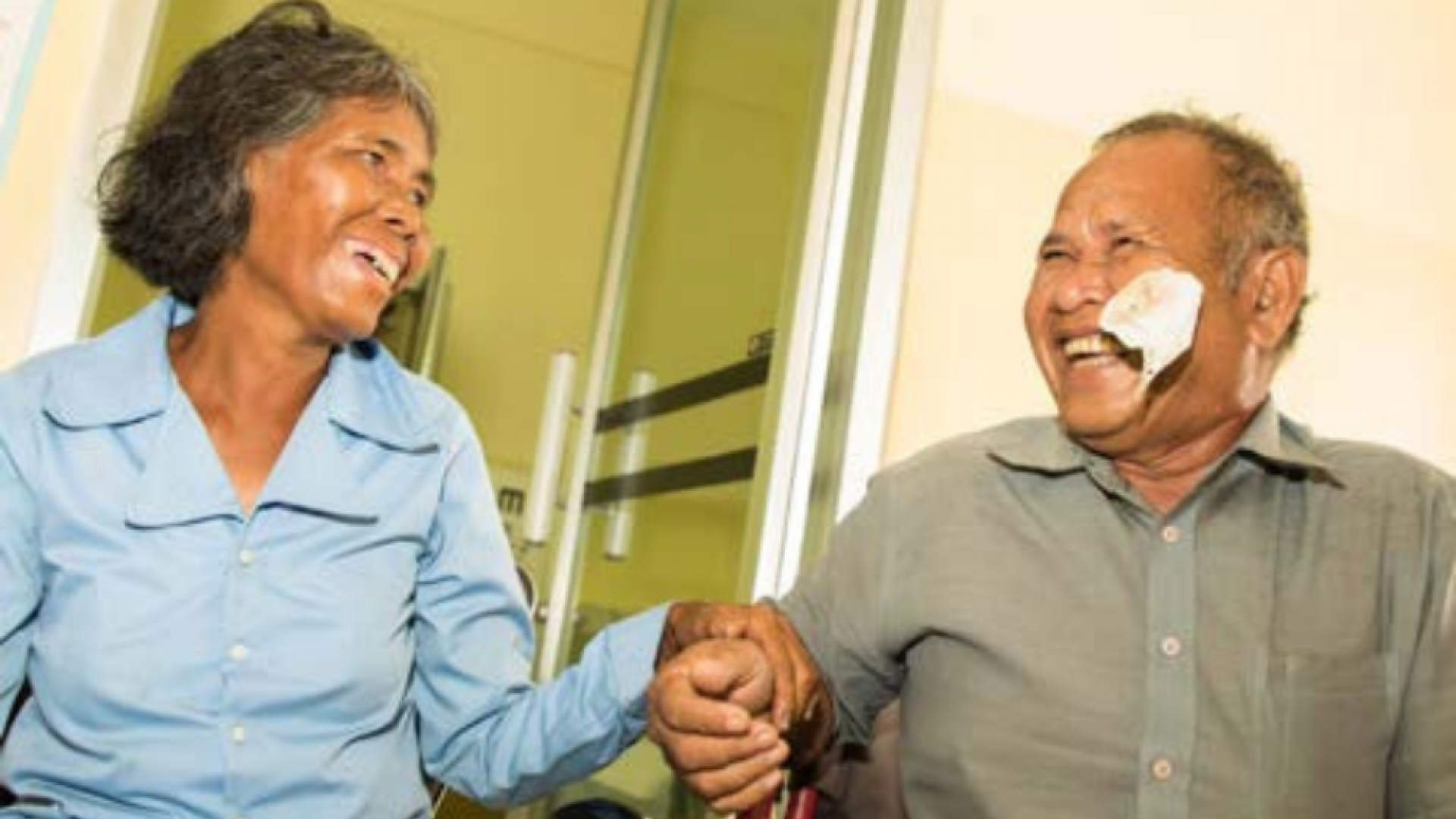
Chan Ngin – a man from Cambodia seeing again after cataract surgery
In Cambodia, decades of turmoil have left indelible marks that serve as constant reminders of the past. For people like Chan Ngin, those reminders are close and inescapable.
